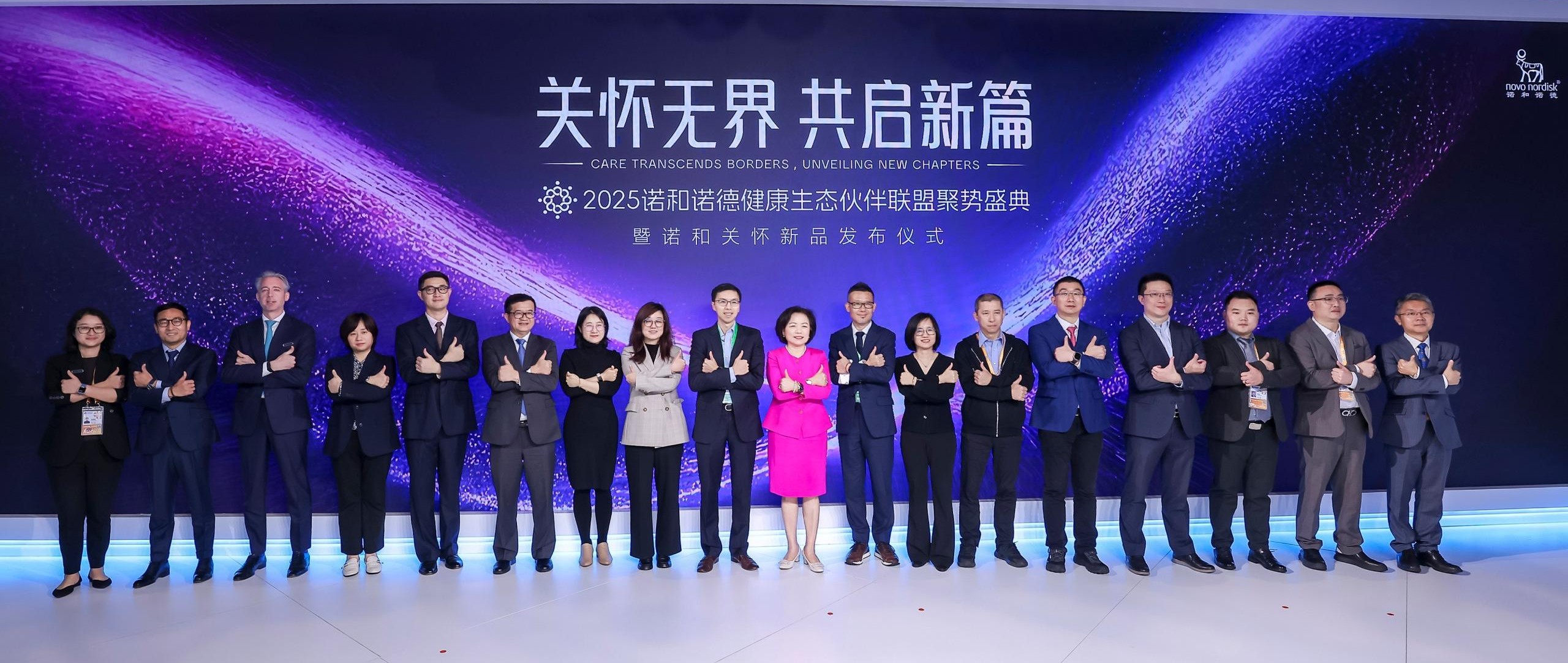Sinocare Marks Eighth Consecutive Appearance at CIIE, Serving Over 3 Million Overseas Users
Recently, Sinocare Inc. made its eighth consecutive appearance at the China International Import Expo (CIIE), showcasing products from its U.S. subsidiary along with its new-generation Continuous Glucose Monitoring (CGM) System. This marks the first time that Sinocare has presented both domestic and international product portfolios in a coordinated global display.
Dual-Brand Matrix Demonstrates Global Synergy
“The dual-brand presentation not only demonstrates Sinocare’s integrated industrial capability of ‘R&D in Changsha, manufacturing worldwide’, but also highlights our strategic shift from product globalization to brand globalization,” said Dr. Cai Xiaohua, Chief Scientist of Sinocare.
In overseas markets, Sinocare continues to expand its diversified global presence. The TRUE Series blood glucose monitoring products from Sinocare’s U.S. subsidiary are now available in over 55,000 retail pharmacies across the United States, including Walgreens, CVS, and Rite Aid, serving more than 3 million users.
At the same time, Sinocare exports an average of 40,000 devices per month to over 40 countries in Africa, while actively entering high-end markets in Europe and North America with multiple international certifications — including U.S. FDA, EU CE-MDR, and Brazil BGMP. This has enabled the company to establish a balanced global layout that spans both emerging and mature markets.
The newly highlighted Sinocare iCan Continuous Glucose Monitoring System (CGM) represents a major technological breakthrough and has been listed among the 9th Batch of National Manufacturing Single Champion Enterprises announced by China’s Ministry of Industry and Information Technology.
Developed based on third-generation glucose sensing technology, the system is 60% smaller in size, offering significantly improved comfort and discretion. Its sensor achieves internationally leading accuracy and enhanced anti-interference performance, with a 15-day wear duration, providing users with a comprehensive Ambulatory Glucose Profile (AGP) — the standardized CGM reporting format recommended by both domestic and international guidelines. The product has obtained EU CE-MDR certification, approved for use in individuals aged 2 years and above, and is now actively progressing toward U.S. FDA registration.
Moreover, Sinocare has integrated its products with the SinoGPT AI Health Management System, presenting a comprehensive solution from daily monitoring to full-cycle management, marking a solid step in the company’s transformation from a device manufacturer to a holistic health management service provider.
“Devices like CGM are not merely tools for diabetes management and lifestyle intervention — they serve as a bridge between doctors and patients. Our ‘hardware + software + service’ model is driven by data rather than experience, empowering patients to move from passive compliance to proactive management,” emphasized Dr. Cai.
Cross-Sector Collaboration: Building a Closed-Loop Diabetes Management Ecosystem
During CIIE, Sinocare was invited to participate in the Sanofi Type 1 Diabetes Ecosystem Partnership Forum, joining representatives from government, industry, academia, healthcare, and investment sectors to discuss the new landscape of diabetes management.

“Only through multi-party collaboration — spanning policy, industry, academia, research, medicine, and investment — can we achieve a true patient-centered, sustainable diabetes management ecosystem that integrates breakthroughs in biosensing technology with full-cycle care,” said Dr. Cai.
This vision is already being realized through practical cooperation. Leveraging the rapid diagnostic capabilities of the Sinocare Minute Clinic, the continuous data acquisition of its CGM system, and the personalized analysis and intervention enabled by SinoGPT, Sinocare has established deep collaborations with pharmaceutical companies such as Sanofi in drug development and clinical treatment.
Looking ahead, Sinocare aims to work with more ecosystem partners to build a five-in-one solution covering screening, diagnosis, monitoring, treatment, and management, enabling comprehensive coverage from early risk detection and accurate diagnosis to continuous monitoring, standardized treatment, and long-term management. This will further promote the decentralization of medical resources and the standardization of clinical pathways.
“The CIIE not only witnesses the rising quality of Made in China, but also the transformation of Chinese enterprises from participants to contributors in global health governance. In the future, we aim to make innovative medical technologies transcend boundaries of geography and income — safeguarding the health and happiness of every user,” Dr. Cai concluded.
